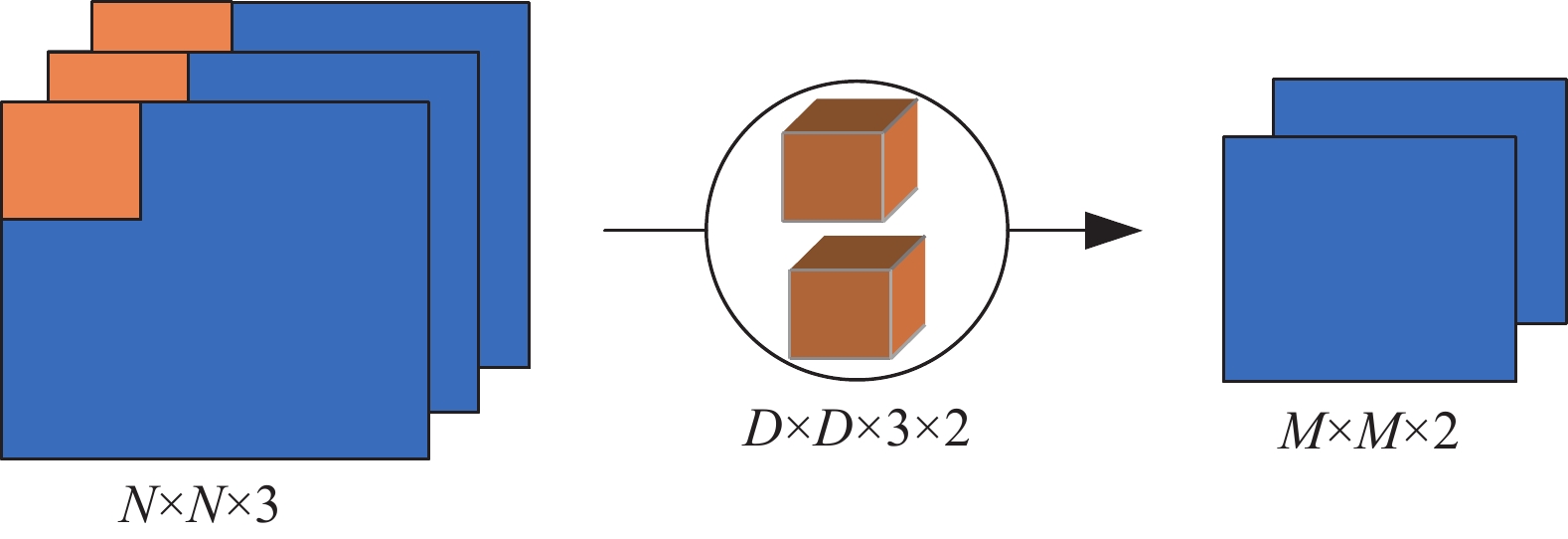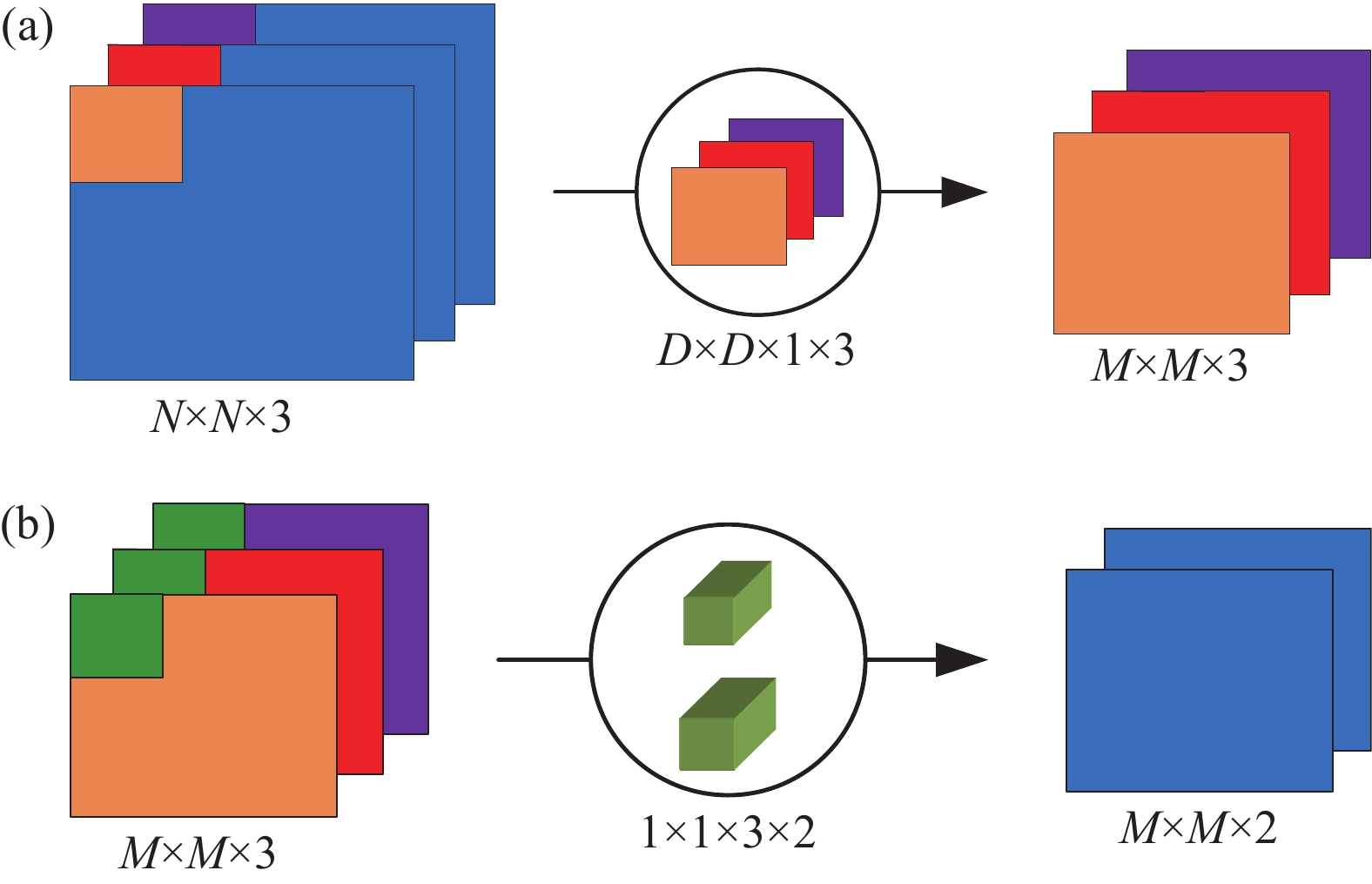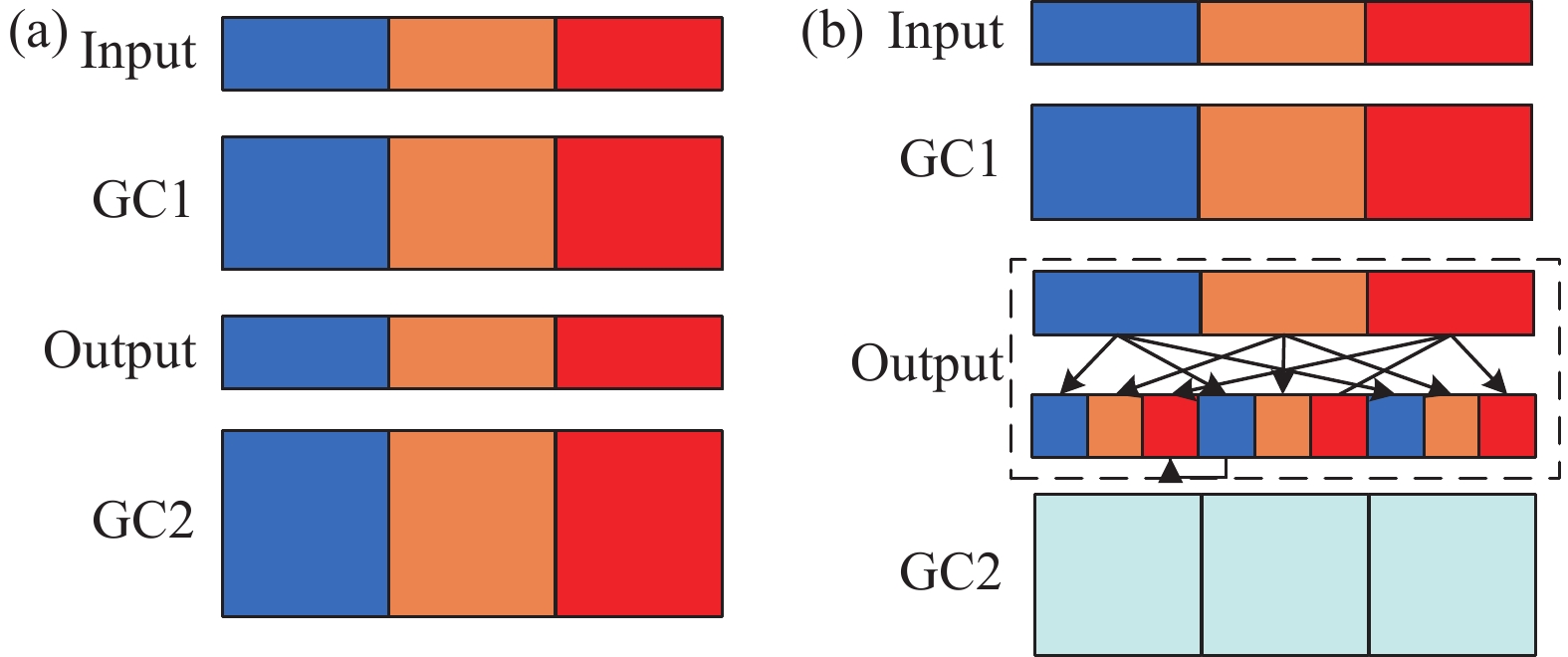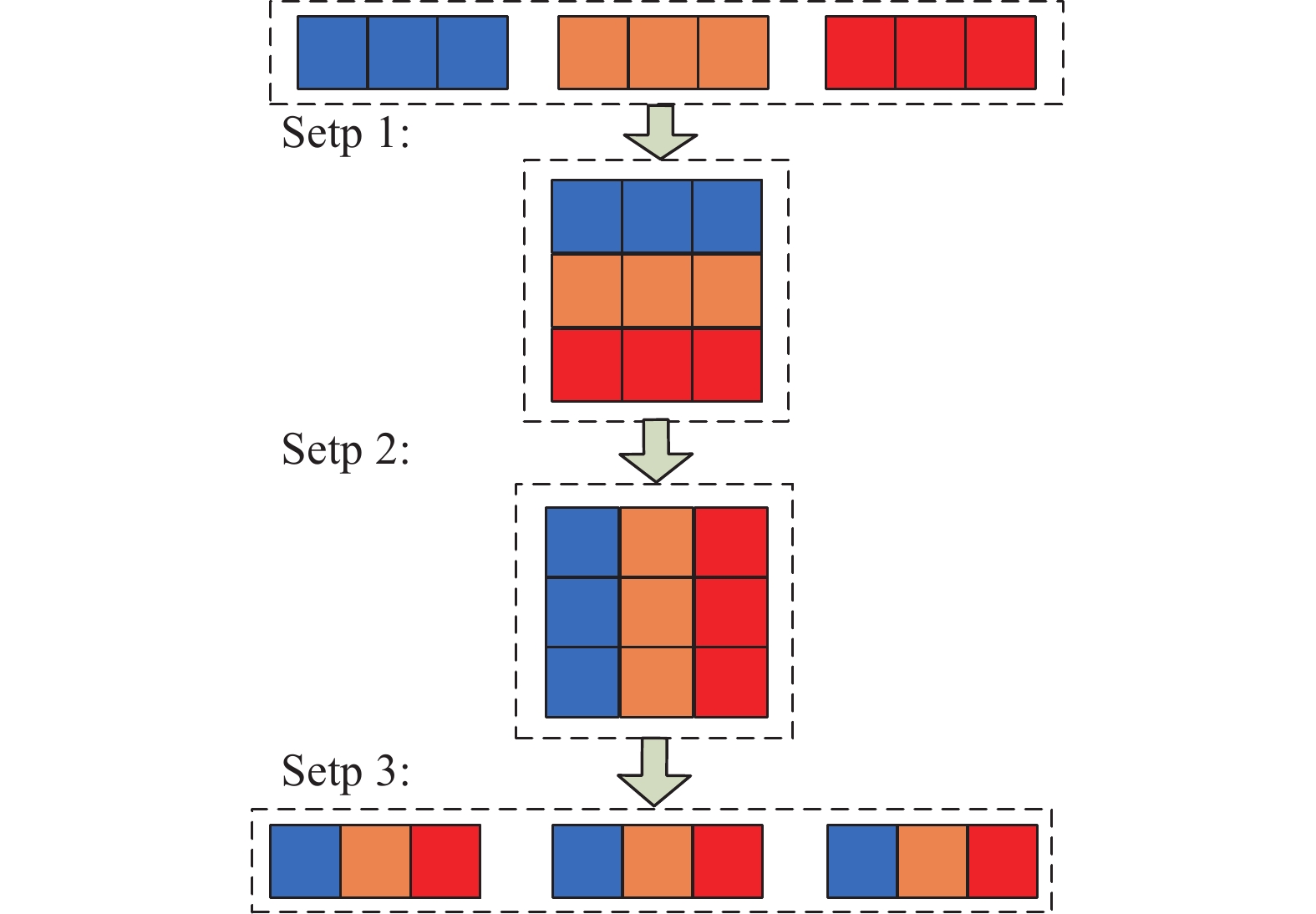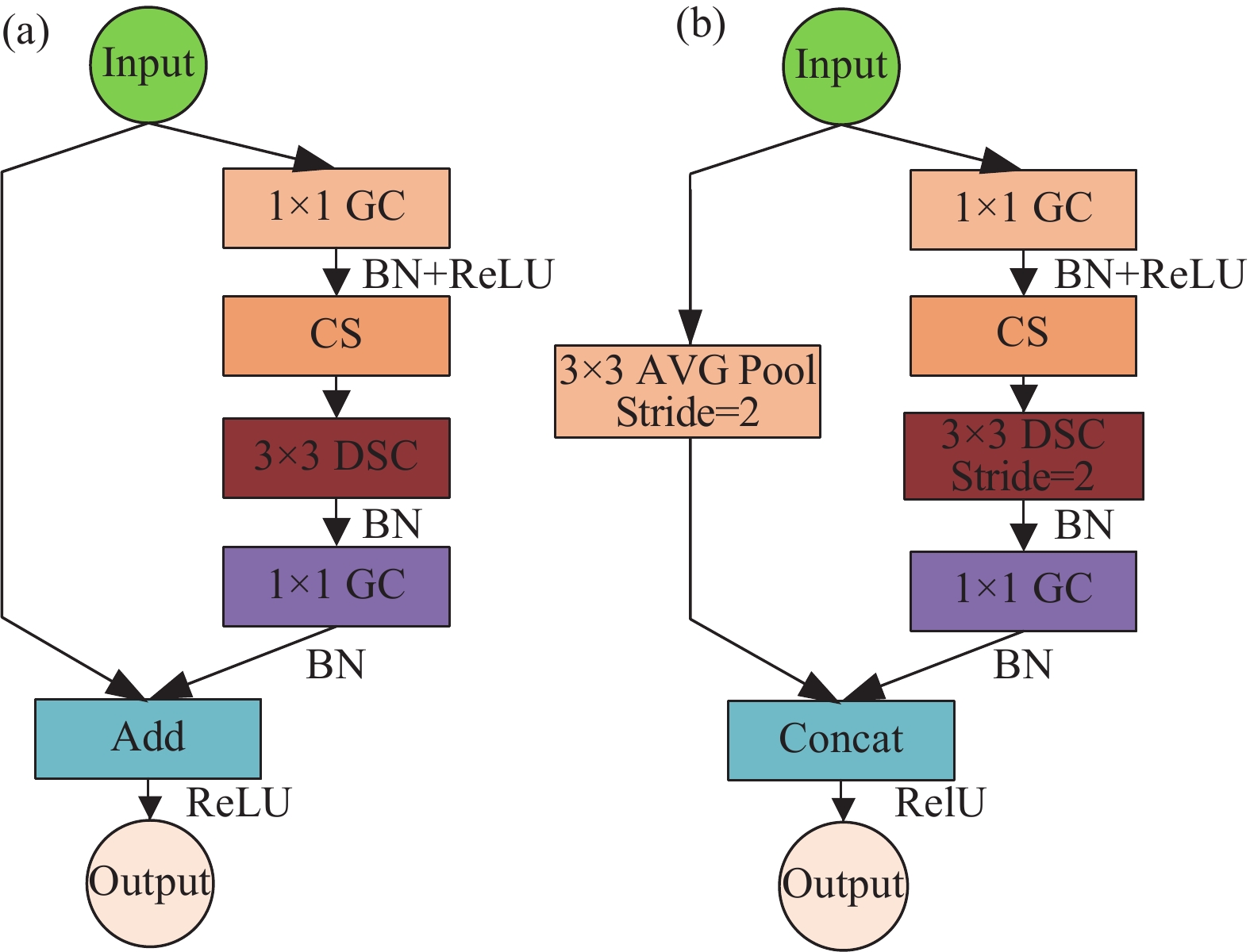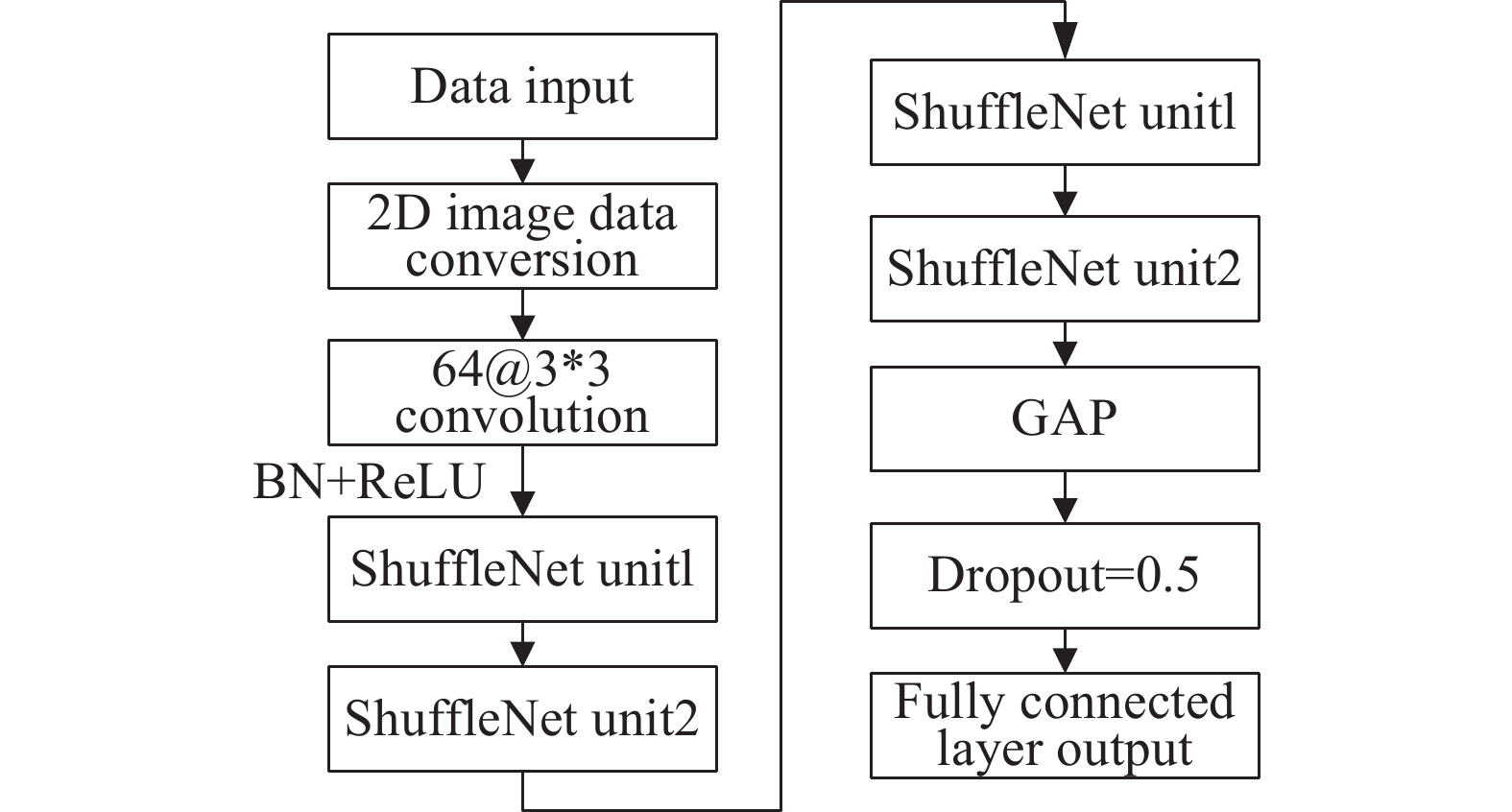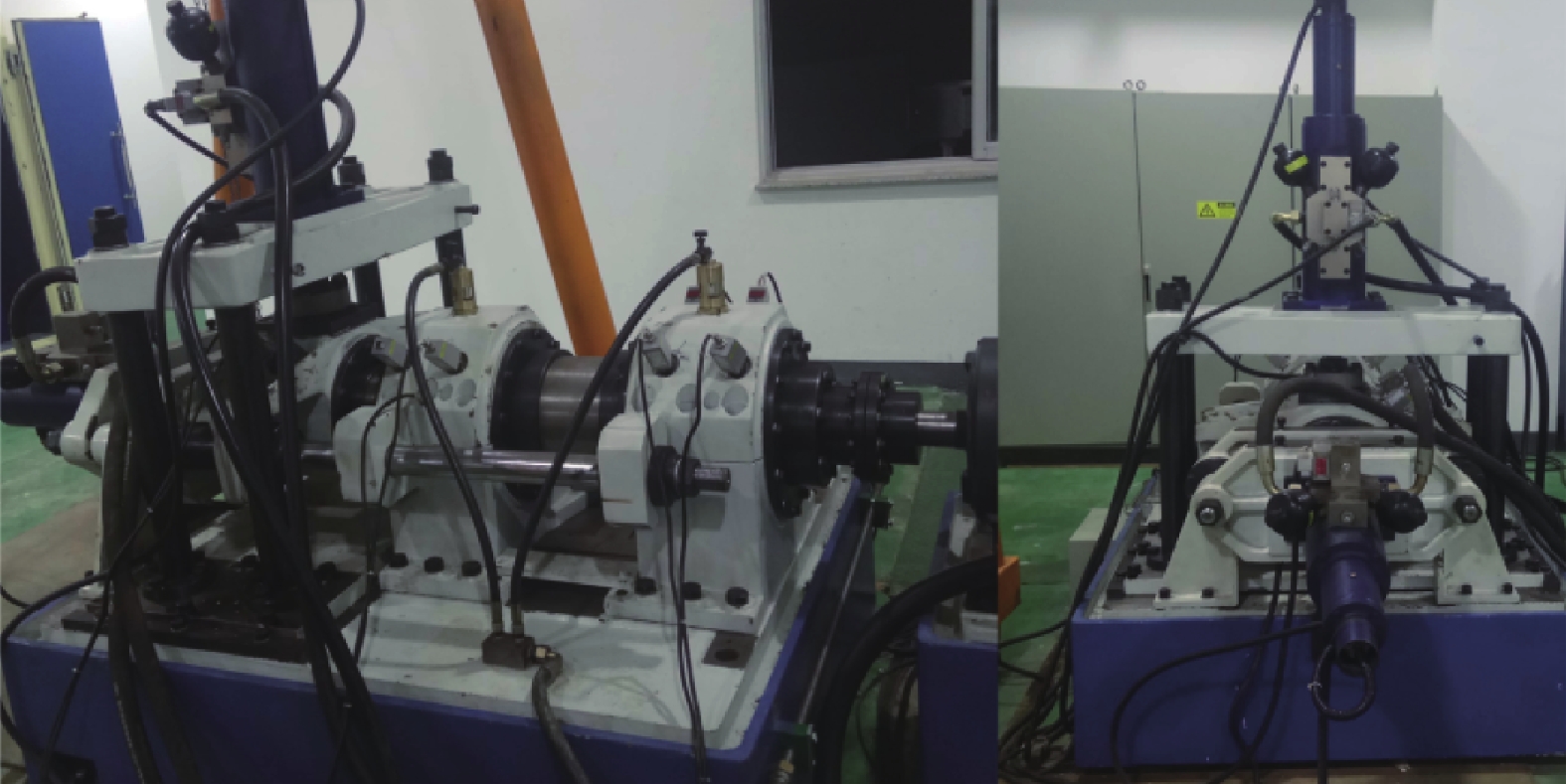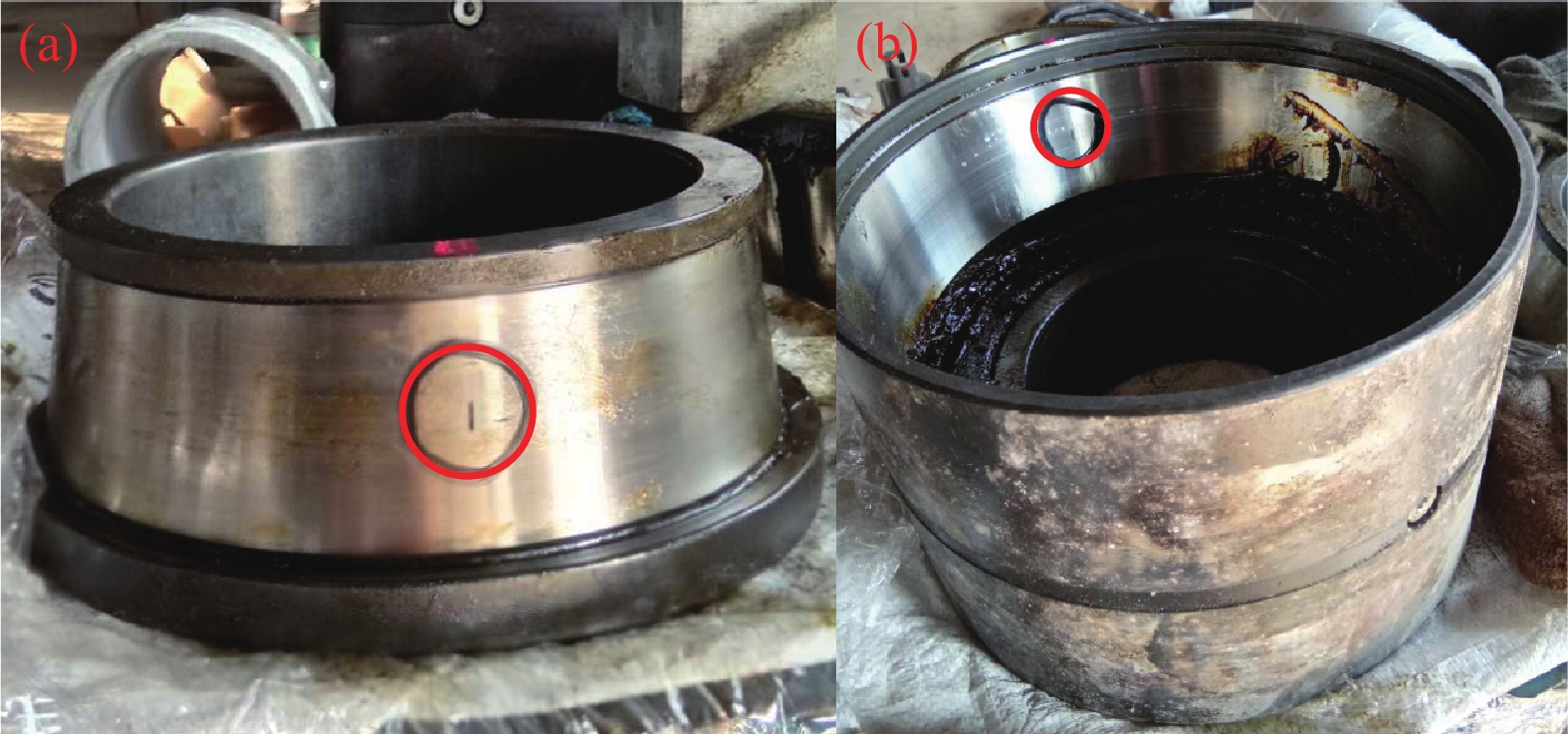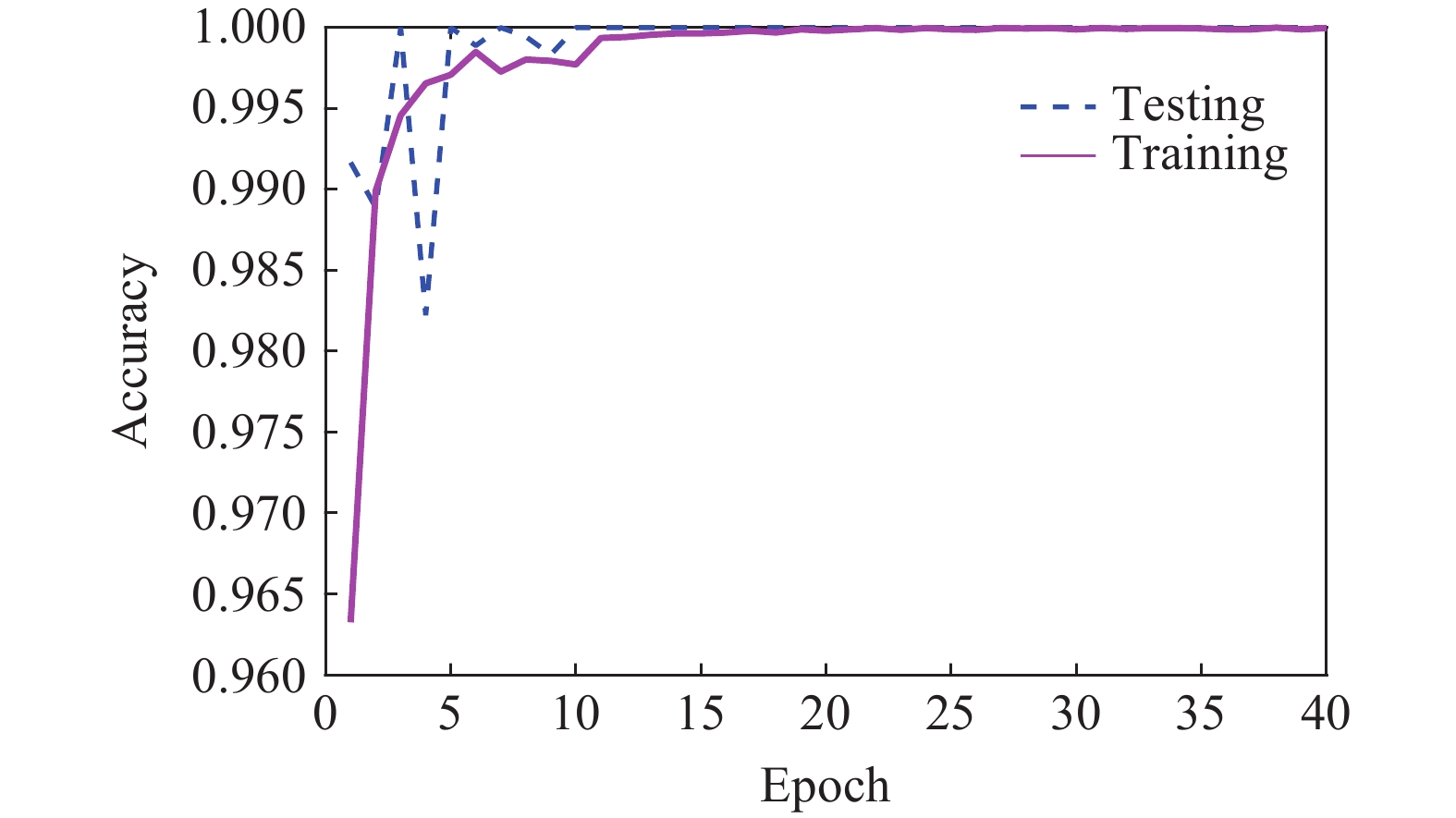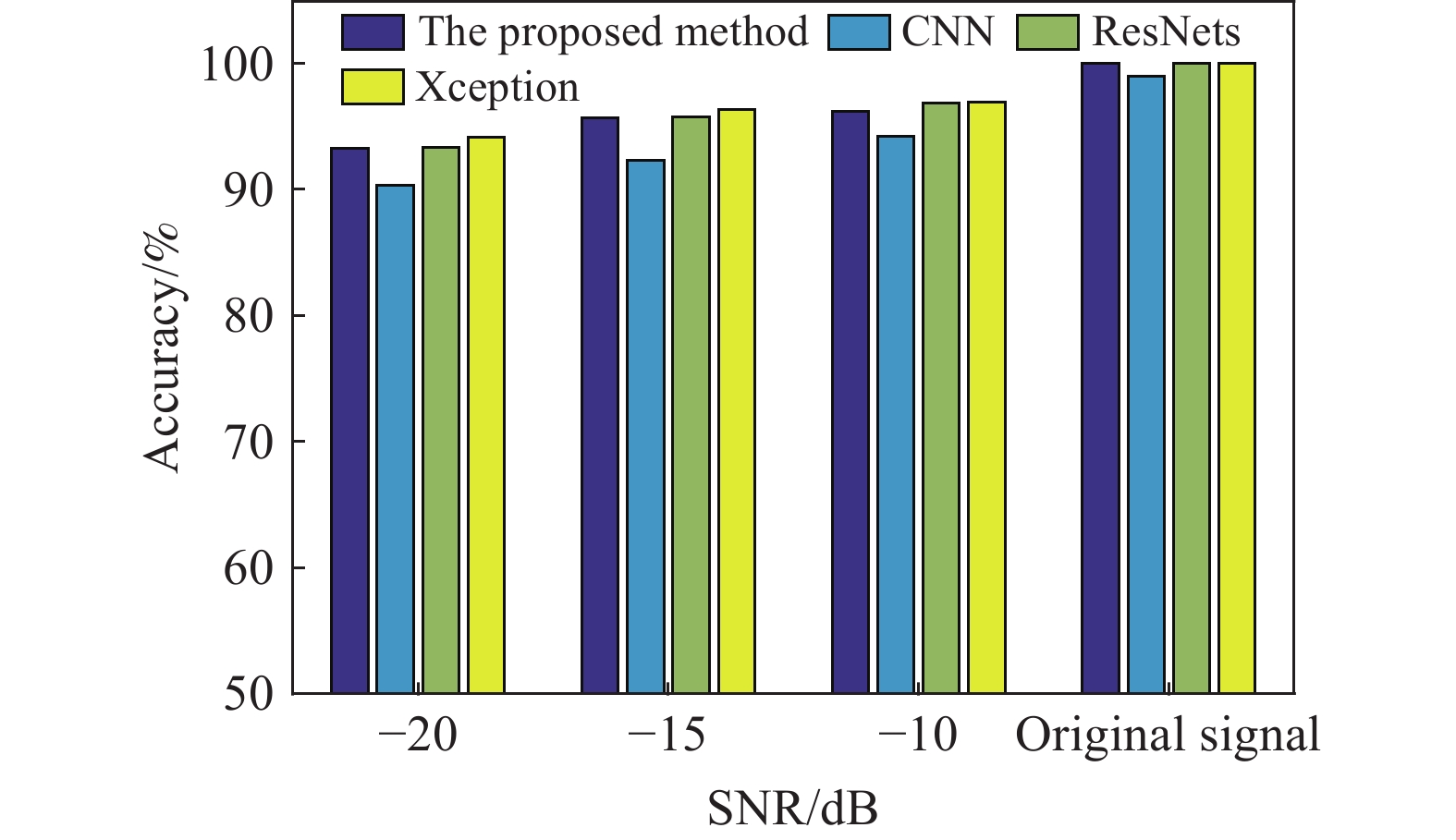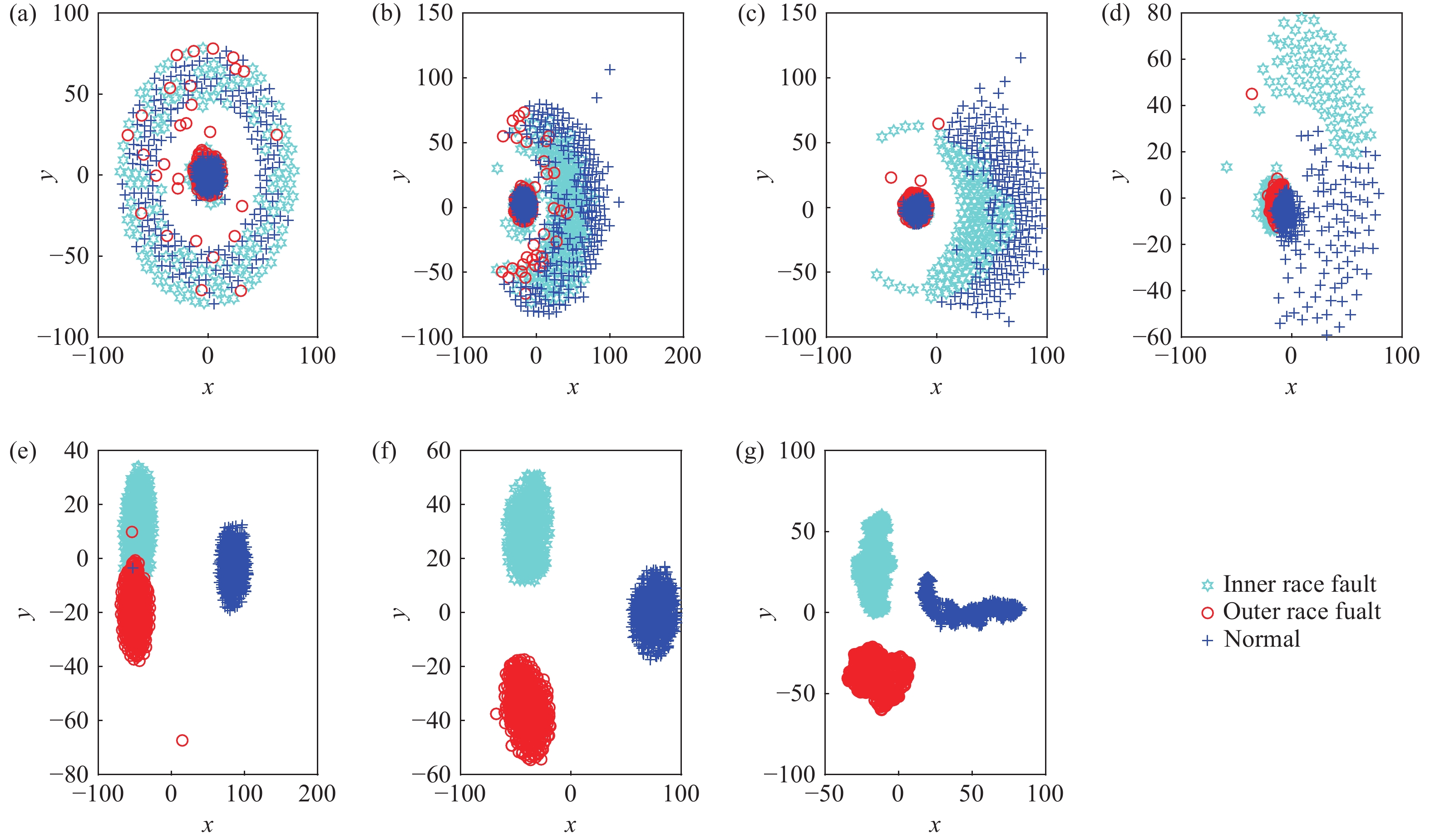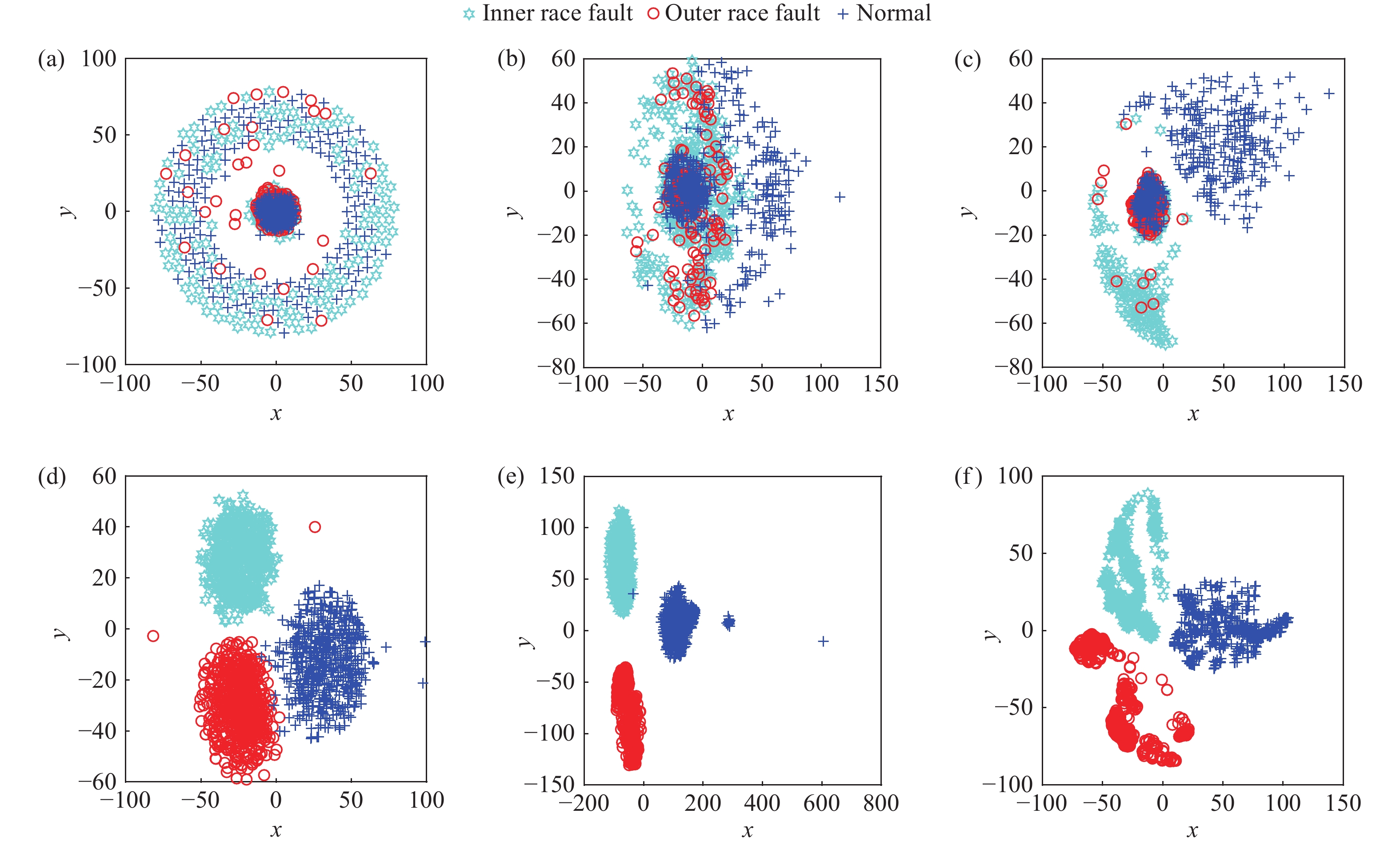Fault diagnosis of high-speed train wheelset bearing based on a lightweight neural network
-
摘要: 深度神經網絡技術用于機械設備故障診斷展現出了巨大潛力,但繁重復雜的計算量對計算機硬件提出了嚴苛的要求,嚴重限制了其在實際工程中的應用。基于此提出一種新型的輕量級神經網絡ShuffleNet,用于高速列車輪對軸承故障診斷研究。該網絡模型基于模塊化設計思想,包含多個高效率的ShuffleNet單元,通過運用分組卷積與深度可分離卷積技術極大改善了傳統卷積操作的運算效率;同時使用通道混洗方法克服了通道分組帶來的約束,改進了網絡的損失精度。實驗分析表明,所提網絡模型可有效用于復雜工況下高速列車輪對軸承故障診斷,相比傳統卷積神經網絡、殘差網絡和Xception等當前深度神經網絡模型,在保證診斷精度的同時,運行效率得到大幅提升。這為深度神經網絡技術應用于工程實際,克服計算機硬件條件限制提供了一條新的途徑。
-
關鍵詞:
- 輪對軸承 /
- 高速列車 /
- 故障診斷 /
- 深度神經網絡 /
- ShuffleNet單元
Abstract: Deep learning is gaining attention in the field of mechanical equipment fault diagnosis. With the help of deep learning techniques, deep neural networks (DNNs) have great potential for machinery fault diagnosis. Deep learning is a subset of machine learning that uses artificial neural networks with multiple layers to deliver state-of-the-art accuracy in various classifications of mechanical rotating parts. Convolutional neural networks (CNNs) are able to automatically learn multiple levels of representations from raw input datawithout introducing hand-coded rules or domain knowledge. Because of this powerful representation learning ability, deep learning has achieved great success in many fields. Although deep learning has achieved promising results in the field of machinery fault diagnosis, existing neural networks suffer from many limitations. The heavy and complex calculation amount puts forward strict requirements for computer hardware, which severely limits its application in actual engineering. To address this issue, this paper proposed a novel lightweight neural network model, ShuffleNet, for high-speed train wheelset bearing fault diagnosis. Based on the thought of module design, this model comprised several ShuffleNet units. Group convolution (GC) and deep separable convolution were used to improve the operation efficiency of traditional convolution in the ShuffleNet unit. Meanwhile, channel shuffle (CS) technology was adopted to overcome the grouping constraint caused by GC and improved the loss accuracy ofthenetwork model. CS operation makes it possible to build more powerful structures with multiple GC layers. Experimental results show that the proposed network model canbe applied in wheelset bearing fault diagnosis underacomplex working condition. Compared to the traditional CNN, ResNets, and Xception, the proposed method can greatly reducethecomputation cost while maintaining diagnosis accuracy. It is clear that the proposed lightweight neural network model, ShuffleNet, is superior to the above comparison models. This provides a new way forengineering applications of DNN technology and overcoming the limitations of computer hardware.-
Key words:
- wheelset bearing /
- high-speed train /
- fault diagnosis /
- deep neural network /
- ShuffleNet unit
-
圖 12 4個ShuffleNet單元網絡模型不同階段的可視化結果。(a)網絡輸入端;(b)卷積后;(c)首個ShuffleNet單元后;(d)第二個ShuffleNet單元后;(e)第三個ShuffleNet單元后;(f)第四個ShuffleNet單元后;(g)GAP后
Figure 12. Visualization results of the proposed network with 4 ShuffleNet units at different stages: (a) model input; (b) after convolution operation; (c) after the first ShuffleNet unit; (d) after the second ShuffleNet unit; (e) after the third ShuffleNet unit; (f)after the fourth ShuffleNet unit; (g) after the GAP
圖 13 3個ShuffleNet單元網絡模型的不同階段可視化結果。(a)網絡輸入端;(b)卷積后;(c)首個ShuffleNet單元后;(d)第二個ShuffleNet單元后;(e)第三個ShuffleNet單元后;(f)GAP后
Figure 13. Visualization results of the proposed network with 3 ShuffleNet units at different stages: (a) model input; (b) after convolution operation; (c) after the first ShuffleNet unit; (d) after the second ShuffleNet unit; (e) after the third ShuffleNet unit; (f) after the GAP
表 1 網絡參數設置
Table 1. Parameter settings of network
Sequencenumber Structure name Parameter values Output 1 Standard convolution layer Conv(3,3,1,64) 32×32 2 ShuffleNet unit1 GConv(1,1,1,64) 32×32 DWConv(3,3,1,64) GConv(1,1,1,64) 3 ShuffleNet unit2 AVG pool
(3,3,2,64)GConv(1,1,1,64) 16×16 DWConv(3,3,2,64) GConv(1,1,1,64) 4 ShuffleNet unit1 GConv(1,1,1,128) 16×16 DWConv(3,3,1,128) GConv(1,1,1,128) 5 ShuffleNet unit2 AVG pool
(3,3,2,128)GConv(1,1,1,128) 8×8 DWConv(3,3,2,128) GConv(1,1,1,128) 6 GAP 256×1 7 Dropout 256×1 8 Fully connected output layer 3 表 2 實驗數據
Table 2. Experimental data
Sequence number Rotational speed/
(r·min?1)Speed/
(km·h?1)Load Inner race fault Outer race fault Normal C1 1200 200 No 1000 1000 1000 C2 Static 1000 1000 1000 C3 Dynamic 1000 1000 1000 C4 1500 250 No 1000 1000 1000 C5 Static 1000 1000 1000 C6 Dynamic 1000 1000 1000 C7 1800 300 No 1000 1000 1000 C8 Static 1000 1000 1000 C9 Dynamic 1000 1000 1000 C10 2100 350 No 1000 1000 1000 C11 Static 1000 1000 1000 C12 Dynamic 1000 1000 1000 表 3 不同分組數的對比結果
Table 3. Comparison result of different groups
Group number Test accuracy/
%Time/s Number of model parameters Flops Training Testing G=2 99.99 10146 10.87 50627 30991874 G=4 99.99 10266 11.33 30147 17360386 G=8 99.99 10465 11.83 20035 10806786 中文字幕在线观看表 4 不同方法的運行效率對比
Table 4. Comparison of operation efficiency of different methods
Model Time/s Number of model parameters Flops Training Testing Proposed model 10232 11.14 50627 30991874 CNN 13363 12.36 668675 567444224 ResNets 14726 15.44 677251 571835136 Xception 14310 13.66 92739 115999488 -
參考文獻
[1] Sun R B, Yang Z B, Zhai Z, et al. Sparse representation based on parametric impulsive dictionary design for bearing fault diagnosis. Mech Syst Signal Process, 2019, 122: 737 doi: 10.1016/j.ymssp.2018.12.054 [2] Wang B, Lei Y G, Yan T, et al. Recurrent convolutional neural network: A new framework for remaining useful life prediction of machinery. Neurocomputing, 2020, 379: 117 doi: 10.1016/j.neucom.2019.10.064 [3] Zhang L J, Rong Y L, Liu K, et al. State pre-warning and optimization for rotating-machinery maintenance. Chin J Eng, 2017, 39(7): 1094章立軍, 榮銀龍, 劉凱, 等. 旋轉機械設備狀態預警與維修優化. 工程科學學報, 2017, 39(7):1094 [4] Dong S J, Luo T H, Zhong L, et al. Fault diagnosis of bearing based on the kernel principal component analysis and optimized k-nearest neighbour model. J Low Freq Noise Vib Active Control, 2017, 36(4): 354 doi: 10.1177/1461348417744302 [5] Shao K X, Fu W L, Tan J W, et al. Coordinated approach fusing time-shift multiscale dispersion entropy and vibrational Harris Hawks optimization-based SVM for fault diagnosis of rolling bearing. Measurement, 2021, 173: 108580 doi: 10.1016/j.measurement.2020.108580 [6] Wang D, Tsui K L. Two novel mixed effects models for prognostics of rolling element bearings. MechSyst Signal Process, 2018, 99: 1 [7] Wang B, Lei Y G, Li N P, et al. Deep separable convolutional network for remaining useful life prediction of machinery. MechSystSignal Process, 2019, 134: 106330 [8] Li X, Zhang W, Ding Q. Deep learning-based remaining useful life estimation of bearings using multi-scale feature extraction. ReliabEngSystSaf, 2019, 182: 208 [9] Dong X F, Lian J J, Wang H J. Vibration source identification of offshore wind turbine structure based on optimized spectral kurtosis and ensemble empirical mode decomposition. Ocean Eng, 2019, 172: 199 doi: 10.1016/j.oceaneng.2018.11.030 [10] Zou Y Y, de Zhang Y, Mao H C. Fault diagnosis on the bearing of traction motor in high-speed trains based on deep learning. Alex Eng J, 2021, 60(1): 1209 doi: 10.1016/j.aej.2020.10.044 [11] Shao H D, Jiang H K, Wang F A, et al. Rolling bearing fault diagnosis using adaptive deep belief network with dual-tree complex wavelet packet. ISA Trans, 2017, 69: 187 doi: 10.1016/j.isatra.2017.03.017 [12] Wang X, Qin Y, Wang Y, et al. ReLTanh: An activation function with vanishing gradient resistance for SAE-based DNNs and its application to rotating machinery fault diagnosis. Neurocomputing, 2019, 363: 88 doi: 10.1016/j.neucom.2019.07.017 [13] Deng F Y, Ding H, Yang S P, et al. An improved deep residual network with multiscale feature fusion for rotating machinery fault diagnosis. Meas Sci Technol, 2021, 32(2): 024002 doi: 10.1088/1361-6501/abb917 [14] Wang F T, Liu X F, Deng G, et al. Remaining life prediction method for rolling bearing based on the long short-term memory network. Neural Process Lett, 2019, 50(3): 2437 doi: 10.1007/s11063-019-10016-w [15] Zhang X, Wan S T, He Y L, et al. Teager energy spectral kurtosis of wavelet packet transform and its application in locating the sound source of fault bearing of belt conveyor. Measurement, 2021, 173: 108367 doi: 10.1016/j.measurement.2020.108367 [16] Chen H P, Hu N Q, Cheng Z, et al. A deep convolutional neural network based fusion method of two-direction vibration signal data for health state identification of planetary gearboxes. Measurement, 2019, 146: 268 doi: 10.1016/j.measurement.2019.04.093 [17] Zhang W, Li C H, Peng G L, et al. A deep convolutional neural network with new training methods for bearing fault diagnosis under noisy environment and different working load. Mech Syst Signal Process, 2018, 100: 439 doi: 10.1016/j.ymssp.2017.06.022 [18] Peng D D, Liu Z L, Wang H, et al. A novel deeper one-dimensional CNN with residual learning for fault diagnosis of wheelset bearings in high-speed trains. IEEE Access, 2019, 7: 10278 doi: 10.1109/ACCESS.2018.2888842 [19] Hoang D T, Kang H J. A survey on Deep Learning based bearing fault diagnosis. Neurocomputing, 2019, 335: 327 doi: 10.1016/j.neucom.2018.06.078 [20] KrizhevskyA, SutskeverI, HintonGE. ImageNet classification with deep convolutional neural networks. Commun ACM, 2017, 60(6): 84 doi: 10.1145/3065386 [21] Howard A G, Zhu M L, Chen B, et al. Mobilenets: Efficient convolutional neural networks for mobile vision applications[J/OL]. arXiv preprint online (2017-4-17) [2020-12-09].https://arxiv.org/abs/1704.04861 [22] He K M, Zhang X Y, Ren S Q, et al. Delving deep into rectifiers: Surpassing human-level performance on ImageNet classification // 2015 IEEE International Conference on Computer Vision (ICCV). Santiago, 2015: 1026 [23] Zhang X Y, Zhou X Y, Lin M X, et al. ShuffleNet: an extremely efficient convolutional neural network for mobile devices //2018 IEEE/CVF Conference on Computer Vision and Pattern Recognition. Salt Lake City, 2018: 6848 [24] Hoang D T, Kang H J. Rolling element bearing fault diagnosis using convolutional neural network and vibration image. CognSystRes, 2019, 53: 42 [25] Chollet F. Xception: deep learning with depthwise separable convolutions //2017 IEEE Conference on Computer Vision and Pattern Recognition (CVPR). Honolulu, 2017: 1800 -




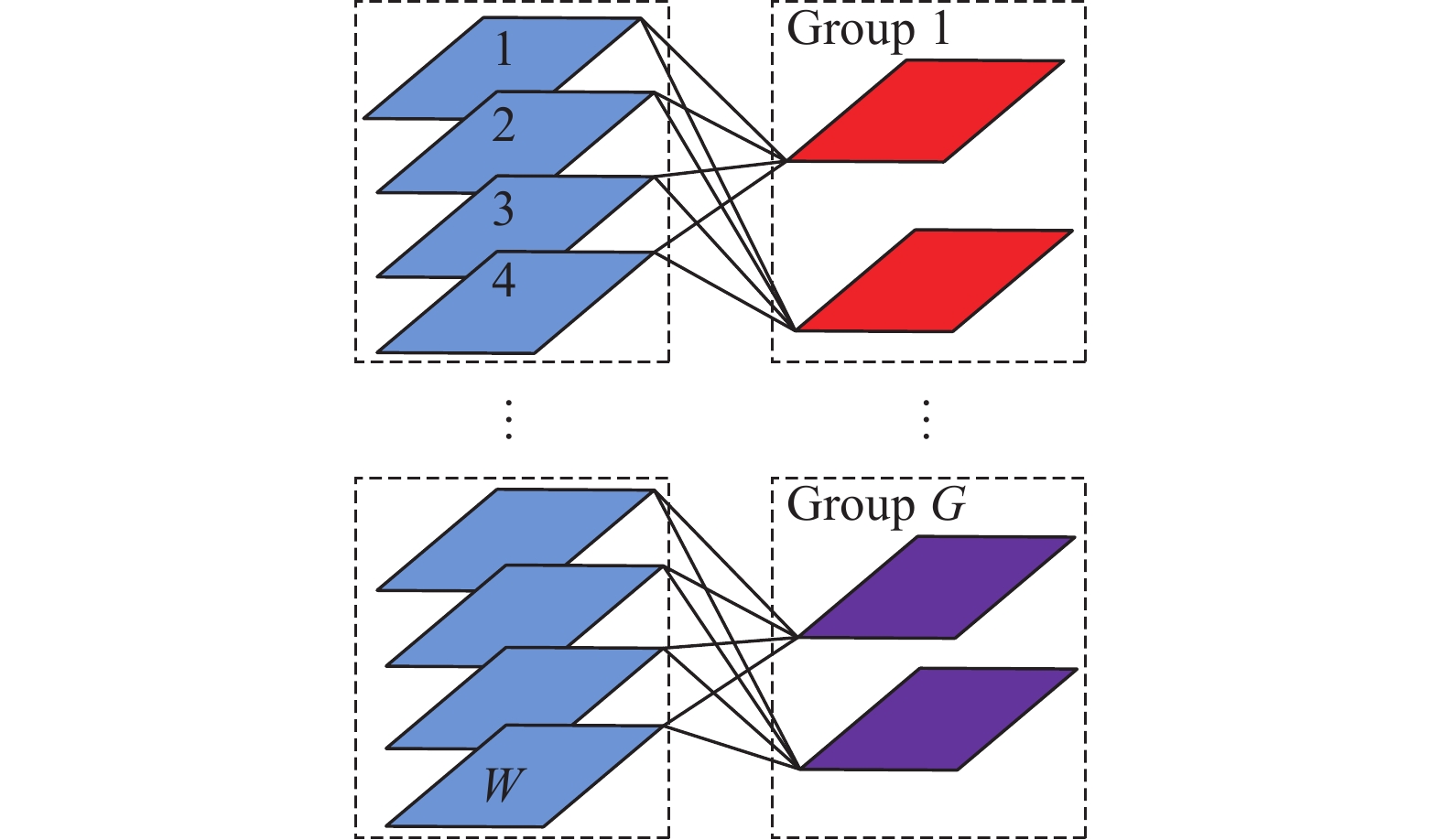
 下載:
下載:
